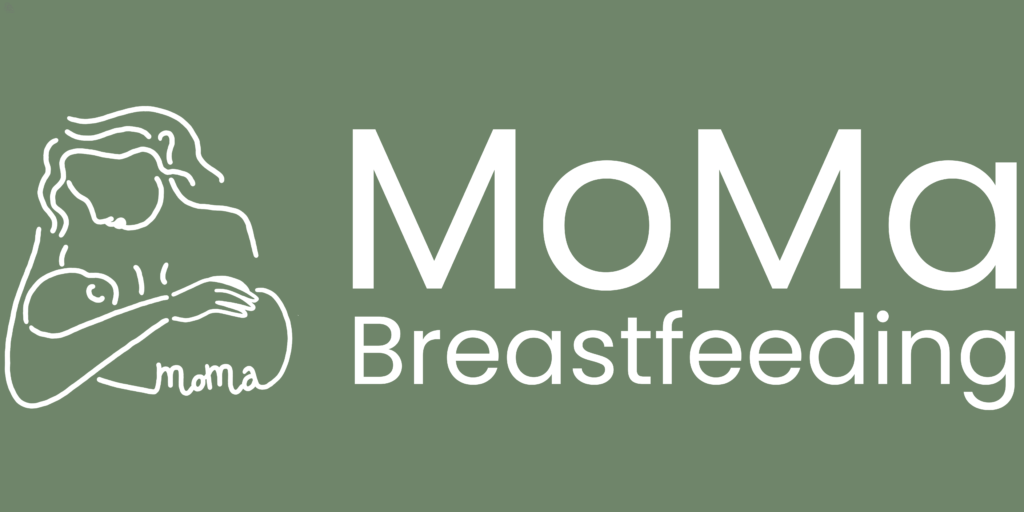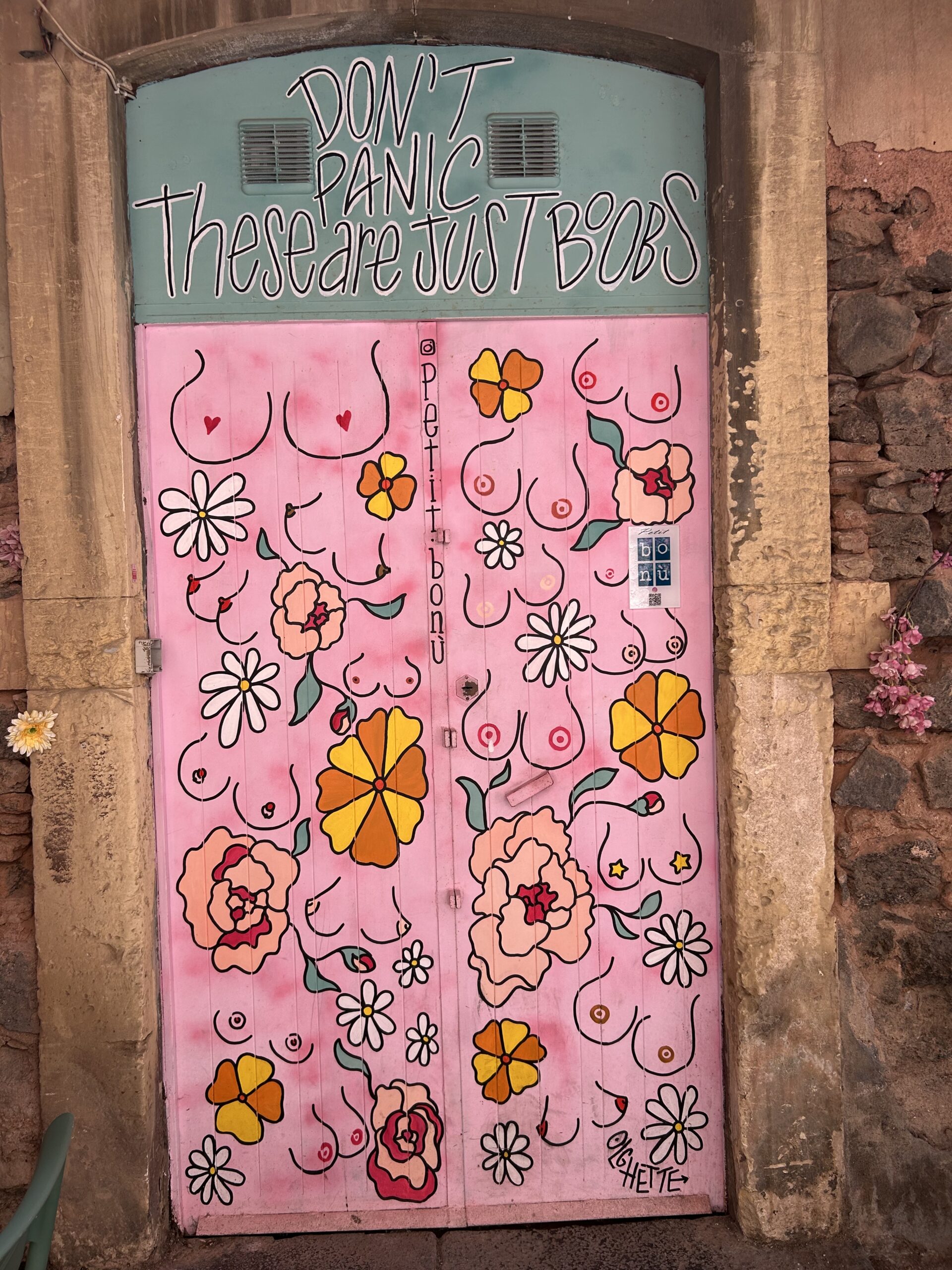Are my breasts OK for breastfeeding?
Breasts come in all different shapes and sizes ‒ they’re as unique as mothers are! They are amazing organs, which develop first through puberty and then during pregnancy, to provide all the milk that a baby needs to grow, regardless of their size. Breasts are made up of around 15 to 20 milk-making lobes, surrounded by fat and connective tissue, so while size and storage capacity may vary, there’s no “right” size to breastfeed. Whether large or small, or somewhere in between, by the time baby arrives and the placenta is delivered, a mother’s breasts are ready to start feeding her baby.
Most women have one breast slightly larger than the other, but this doesn’t mean one breast will be “better for breastfeeding” than the other. We don’t tend to be perfectly symmetrical; our eyes and ears differ, and breasts aren’t identical either. There may be a small difference in the amount that one side stores compared to the other, or one side might have a faster flow. But good milk production is all about regular milk removal, so feeding on cue means a baby will get what they need when they need it.
The other thing that can worry new mothers is nipple shape and size. While some mothers with very large nipples and a baby with a very small mouth (for example, if they are premature) may need extra support to get baby latched on, nipple size is rarely an issue. Babies take a mouthful of breast tissue, as well as the nipple to feed effectively (it’s not called nipplefeeding!), pulling the nipple into the back of the mouth. Areola size doesn’t matter either.
Some women have flatter or inverted nipples. They may find that a little stimulation makes the nipple protrude more, and breastfeeding itself often does that. Where this doesn’t help, a skilled breastfeeding supporter can suggest techniques to aid with latching and help a baby to breastfeed comfortably.

